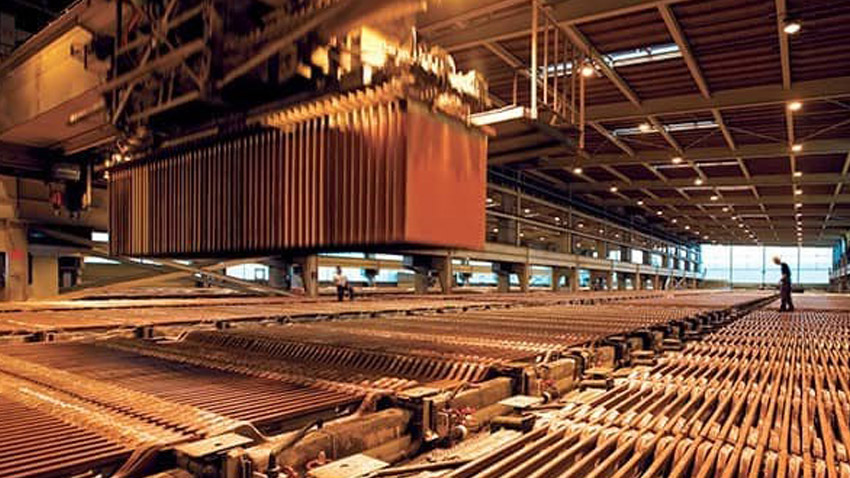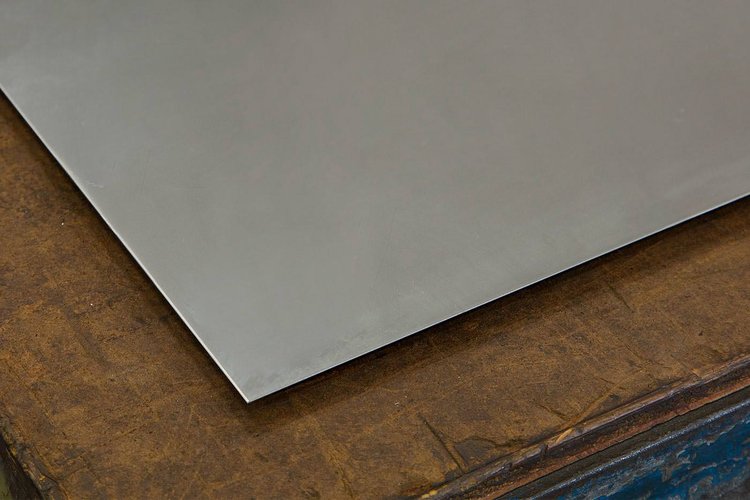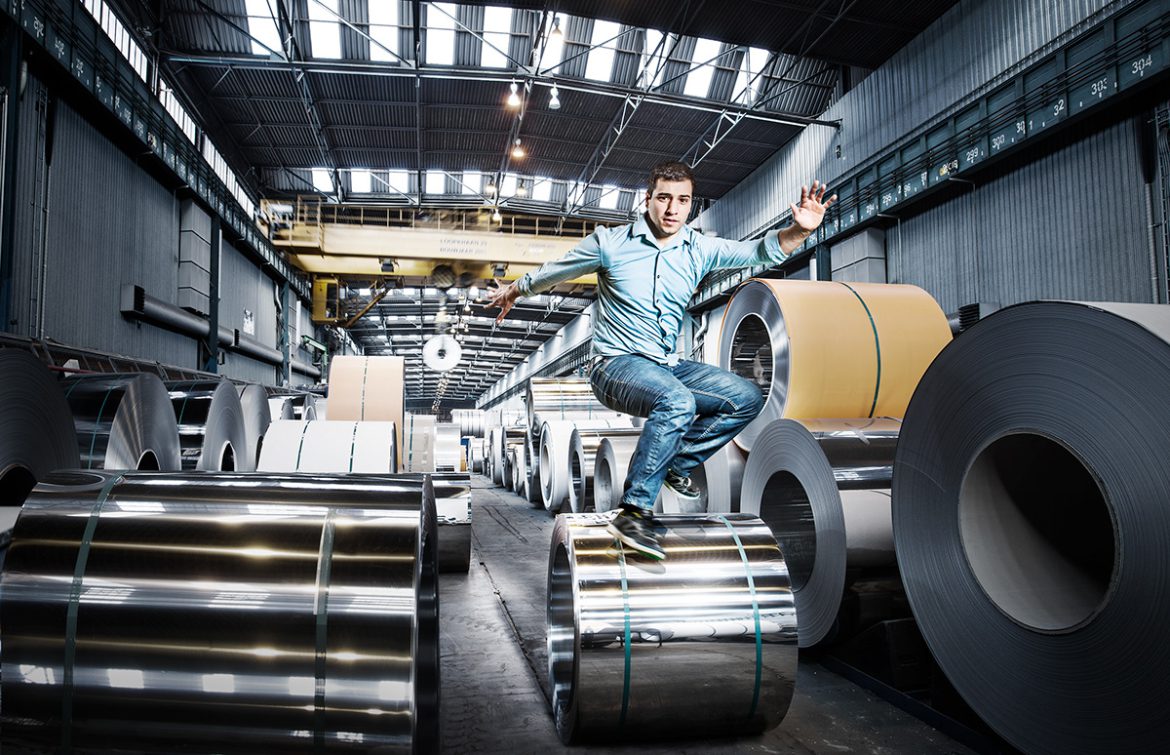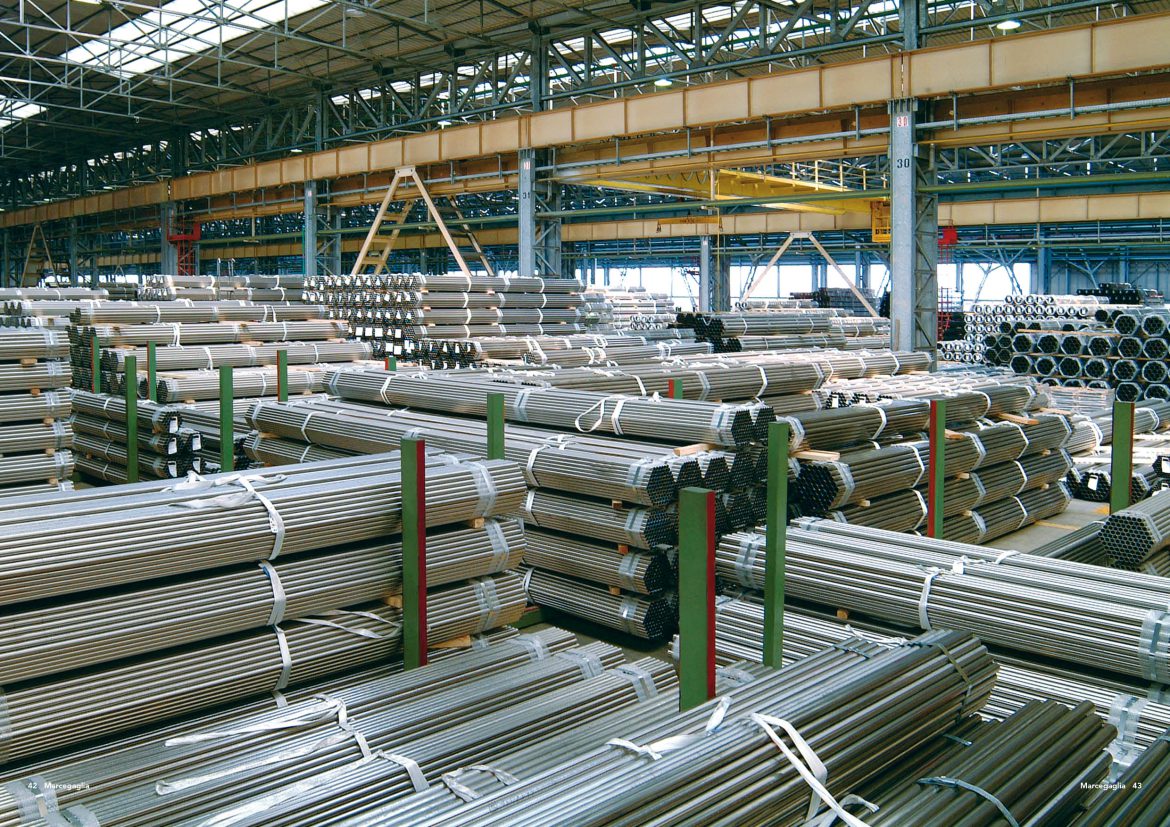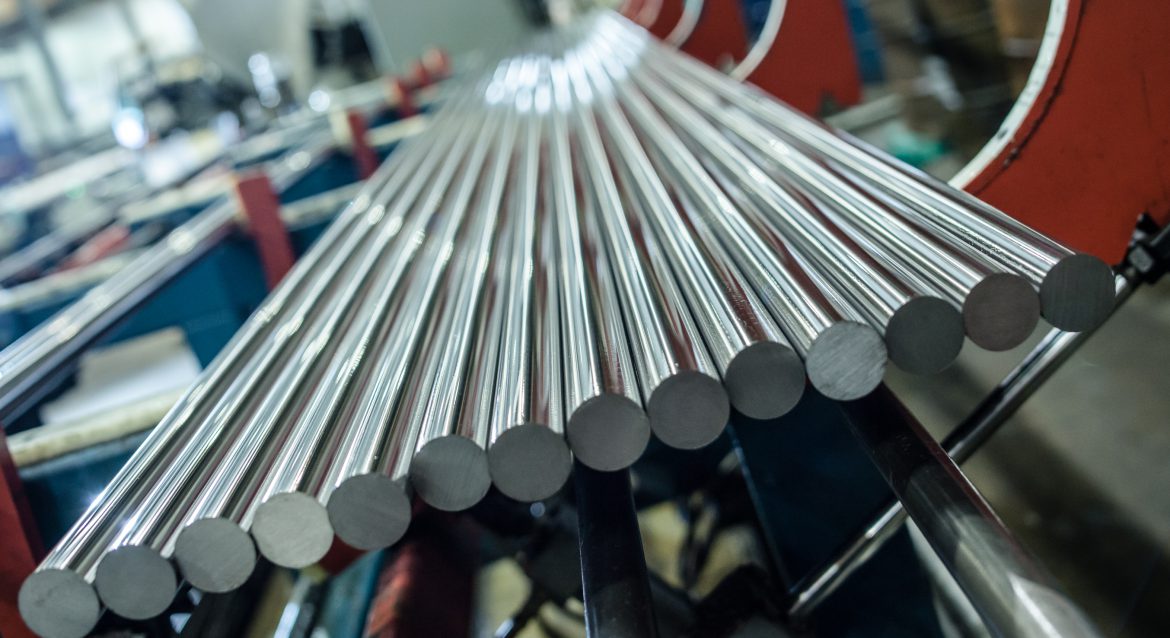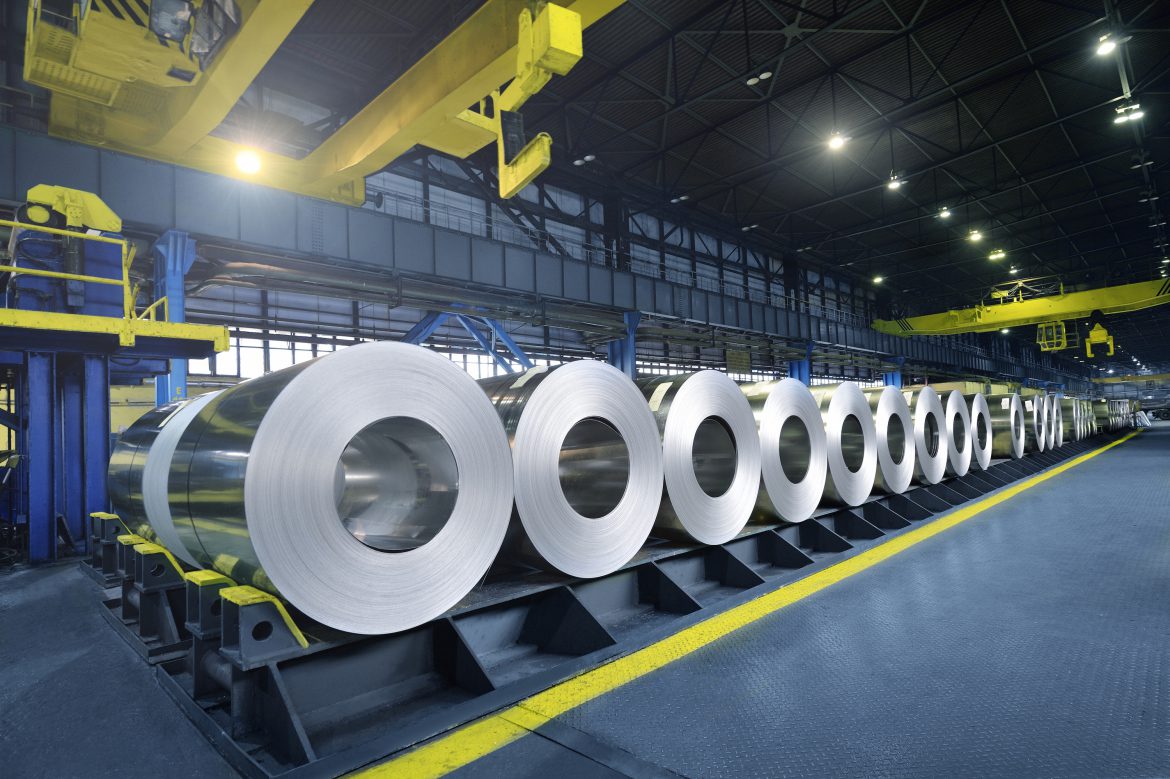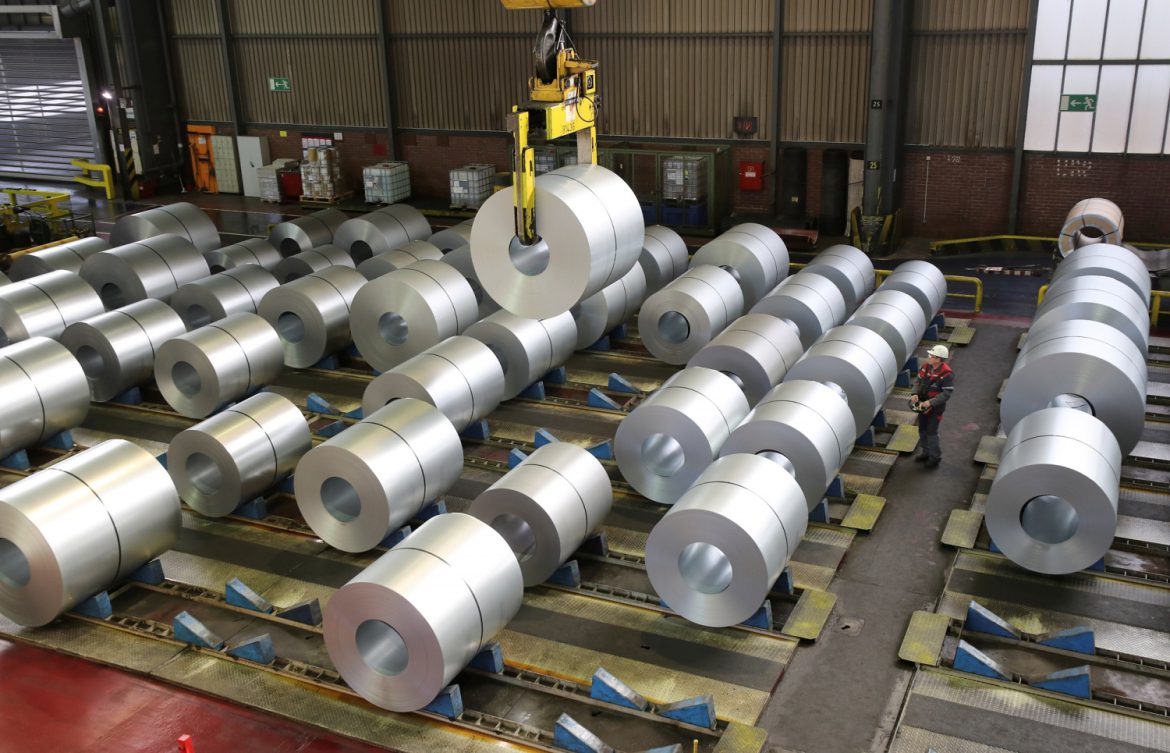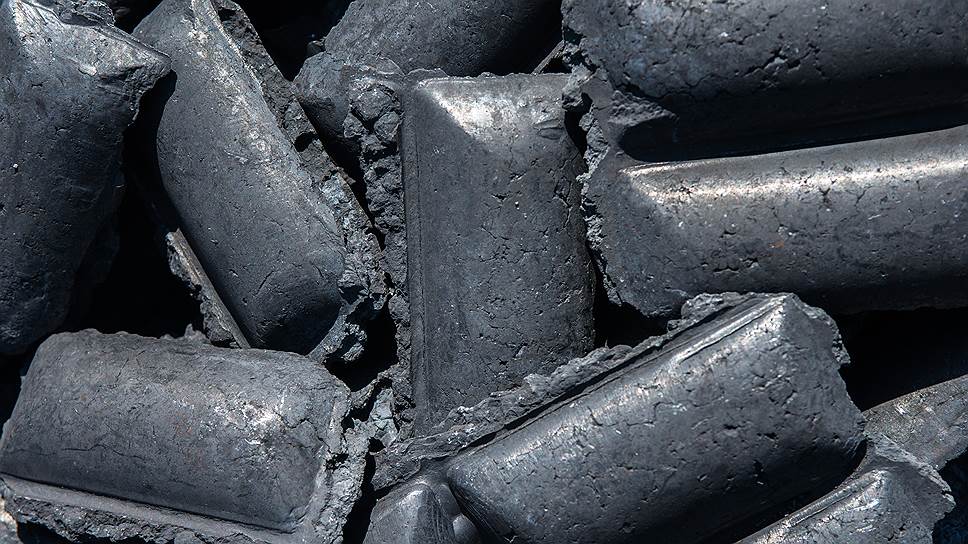Sponge iron is produced using non-coking coal through the process of regenerating iron ore in a rotary kiln. The reduction occurs at a predetermined temperature and controlled atmospheric pressure. Input raw materials such as iron ore, coking coal in calibrated sizes and melting materials such as limestone and dolomite in calibrated sizes are fed into the rotary kiln through weight and volume feeders. For more information about sponge iron, visit our site.

Reasons for popularity of sponge iron
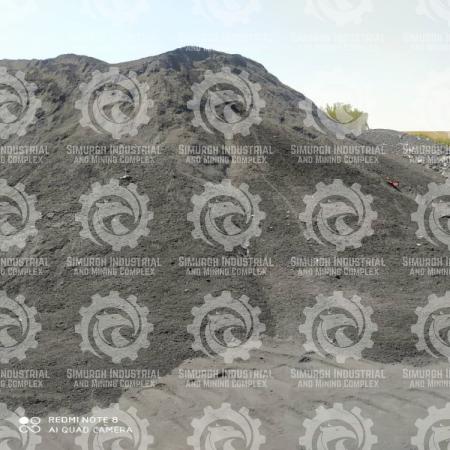 Globally, iron ore is the most important raw material for blast furnaces and oxygen furnaces (BF-BOF), which accounted for 65.4% of world crude steel production in 2005. However, in order to use this method, various operations need to be performed on raw materials that require a large amount of investment in infrastructure. In addition, it has created many environmental problems and has a long service life. In order to get rid of the shortcomings of the BF-BOF process, the EAF steel production method, which is also long-lasting, was developed.
Globally, iron ore is the most important raw material for blast furnaces and oxygen furnaces (BF-BOF), which accounted for 65.4% of world crude steel production in 2005. However, in order to use this method, various operations need to be performed on raw materials that require a large amount of investment in infrastructure. In addition, it has created many environmental problems and has a long service life. In order to get rid of the shortcomings of the BF-BOF process, the EAF steel production method, which is also long-lasting, was developed.
The share of arc steel production in world crude steel production increased from 26.6% in 1988 to 33.1% in 2005. Rising scrap prices and shortages have led to the development of new technologies and the production of a suitable charge combination in the form of sponge iron or DRI (direct reduction iron). Sponge iron is obtained by direct reduction of iron ore between 84% and 95%. Regeneration removes or removes oxygen from the iron ore and turns the rock into a honeycomb or porous spongy structure, hence the name sponge iron. It is usually produced in the form of pellets or pellets and is also produced in the form of compressed and briquettes called HBI (hot briquette iron), usually formed by compression of DRI at a temperature of about 650 ° C.
HBI is a compact DRI format designed for easy storage and transport. DRI can be used in factories and steelmaking units where regeneration takes place in reduction units adjacent to the steelmaking unit. DRI is a completely pure and high quality charging material in the world. Compared to scrap, the advantages of HBI / DRI are greater integration into the composition, less harmful elements (due to its porous structure) and less environmental problems. Advantage of using sponge iron instead of scrap Sponge iron is a better substitute for scrap in EAF / IF steelmaking units due to its uniformity, good productivity and low coke consumption. Sponge iron can be used as a coolant to replace steel scrap in the LD converter. Copper, zinc, tin, chromium, tungsten, molybdenum, etc., usually found in steel scraps. It does not contain harmful or excessive elements. Sponge iron contains less sulfur and sulfur.
The DRI process is capable of using substandard coal with good reactive properties that are unacceptable for conventional steelmaking. The use of DRI makes it possible to use substandard scrap as part of rechargeable materials in electrical steelmaking without affecting the quality of the steel. Thanks to the specific composition of DRI / HBI, it makes it possible to accurately predict the final analysis from the start of the continuous sponge iron feed. DRI has been added to productivity because of its consistent size. It has been shown that the iron present as oxide in carbon bath sponge iron causes a strong boiling effect resulting in better heat transfer and acceleration of the slag / metal reaction during steelmaking. As a result, the homogeneity of the bath is improved, resulting in less hydrogen and nitrogen in the steel. For more information about the sponge iron price visit our site.
Global market for sponge iron
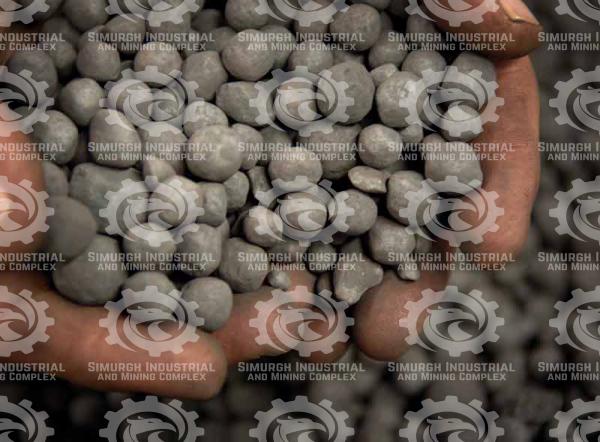 Global market for sponge iron is always growing well and our collection distributes this product at a good price all over the country. Therefore, you can visit our site for more information about sponge iron supply.
Global market for sponge iron is always growing well and our collection distributes this product at a good price all over the country. Therefore, you can visit our site for more information about sponge iron supply.
You can contact us to buy and sell this product:
Sales consultant: Ms. Leila Nematzadeh
Ways of communication: Phone number: 02147623014
Phone number: 02147623014
 Phone number: 04133660491
Phone number: 04133660491
 Phone number: 09120169267
Phone number: 09120169267
 WhatsApp Response (Skype): click
WhatsApp Response (Skype): click
 Instagram: simurgh_steel_company@
Instagram: simurgh_steel_company@
 email: info@simurghsteelco.com
email: info@simurghsteelco.com
 email: ironore110@gmail.com
email: ironore110@gmail.com
 Facebook: ironore110@
Facebook: ironore110@
 LinkedIn: simurgh-iron-and-steel-company-a68295180@
LinkedIn: simurgh-iron-and-steel-company-a68295180@
 twitter: CoSimurgh@
twitter: CoSimurgh@
